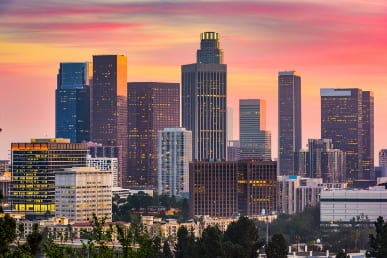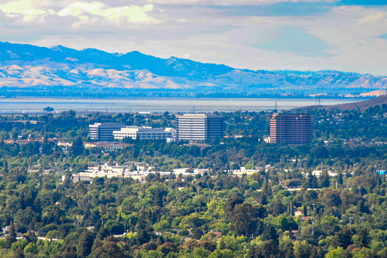By Attorneys Nancy E. Miller and Michael Bhotiwihok
Under United States immigration law, asylum provides protection for individuals who fear persecution in their home countries. Any person who has suffered persecution or has a well-founded fear of persecution in his home country based on race, religion, nationality, membership in a particular social group or political opinion may seek protection through asylum in the United States. The harm must be from either the government or an entity that the government cannot or will not protect the applicant from. With very few exceptions, applications for asylum must be filed within one year of entry into the United States. If more than one year has passed, and no exception applies, the applicant may still be able to apply for withholding of removal or relief under the Convention Against Torture but, they require a higher standard of proof and, unlike asylum, those forms of relief do not lead to a green card.
Of the five protected grounds established under United States asylum law, membership in a particular social group has experienced extensive litigation and varying legal interpretations. As a result, the particular social group category continues to develop in United States immigration law. Different Circuit Courts of Appeals remain divided over what qualifies as a “particular social group.” In the 9th Circuit, the issue of membership in a particular social group has been of recent importance.
The Board of Immigration Appeals (“BIA”) developed the genesis of membership in a particular social group in the seminal case of Matter of Acosta. In Acosta, the BIA held that a social group must be a “group of persons all of whom share a common, immutable characteristic,” and that the common characteristic “must be one that the members of the group either cannot change, or should not be required to change because it is fundamental to their individual identities or consciences.” This framework determined who qualified for asylum in terms of membership in a particular social group for more than twenty years.
In the 2006, the BIA moved away from its own precedent by issuing Matter of C-M, which articulated the notion of “social visibility” and added the element of “particularity” when determining membership in a particular social group. Shortly thereafter, the BIA elaborated on the concept of “social visibility” in Matter of A-M-E- & J-G-. The effect of the BIA’s movement away from the legal standard set forth in Acosta was chilling, because it restricted the framework for membership in a particular social group in asylum cases.
The controversial 2008 BIA decision in Matter of S-E-G elevated the notion of “social visibility” from a factor in the determination of a particular social group to a requirement. In the same year, the 9th Circuit, in Santos-Lemus v. Mukasey, held that any formulation of a particular social group fearing gang violence, retaliation, or coercion did not constitute a particular social group.
Earlier this year, the 9th Circuit reversed its course on membership in a particular social group. Initially, in Henriquez-Rivas v. Holder, the 9th Circuit previously held that individuals who testified against gang members did not constitute a particular social group for purposes of asylum. Then in 2013, the 9th Circuit, en banc, re-examined what qualified as a particular social group for purposes of asylum. This case involved a Salvadoran girl who testified in court and identified gang members as the murderers of her father. The 9th Circuit held that witnesses who testify against gang members may constitute a particular social group on an application for asylum. It further clarified that “social visibility” cannot mean literal naked-eye visibility, but is rather some broader form of societal perception. Additionally, the 9th Circuit ruled that “particularity” is just one factor in an overall assessment of a proposed social group.
The significance of the en banc holding in Henriquez-Rivas v. Holder cannot be overstated. The broadening of “social visibility” and “particularity” greatly expands the definition of membership in a particularity social group. It is possible that the definition of “gangs” may be broadened to include terrorist groups or organizations as well. Former gang members and those targeted by gangs may now have a viable claim for asylum where they did not before. In addition, witnesses who testify against gang members may constitute a particular social group for asylum purposes despite a lack of social visibility.
Asylum is a complex area of immigration law that requires careful legal analysis and persuasive evidence. An individual who has suffered past persecution or fears future persecution should consult with an experienced and knowledgeable immigration attorney regarding the pursuit of their claim before the United States Citizenship and Immigration Services and/or the Immigration Court.




